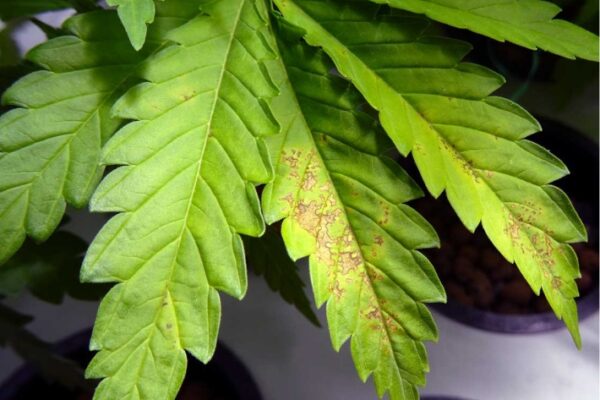Are you wondering how much light to give your freshly cut clones? It’s a common question, and I’ve set up an experiment to find out the best approach. Here’s what I discovered.
The Right Light for Freshly Cut Clones
For freshly cut clones, ambient light is your best friend. Avoid direct light until you see roots forming. Once roots appear, you can gradually increase their light exposure. When new growth begins, it’s safe to give them full light along with your other plants in vegetative growth. Stick to an 18-hour light and 6-hour dark cycle for the best results.
My Experiment with Clone Light Exposure
To provide a clearer answer, I set up an experiment. I cut a tray of clones and placed them in a clone dome near a four-bulb fluorescent T5 light fixture. Over two weeks, I observed how the light affected the clones’ health. The results were quite telling: leaves that were too close to the light turned yellow, crispy, and eventually died.
Signs of Too Much Light
If your clones’ leaves turn yellow, it’s not a sign to give them more light. In fact, they’re likely getting too much. Unrooted clones exposed to light will try to photosynthesize but can’t uptake nutrients, causing the leaves to cannibalize themselves and turn yellow. You’ll also notice the leaves cupping to conserve moisture. Here’s an example of what it looks like:

Notice how the right side of the tray, which is getting too much light, has suffering clones.
What to Do If Clones Are Overexposed
If you see yellowing leaves and other signs of light stress, it’s best to discard the unhealthy clones. Stalled clones take weeks to recover and start growing rapidly again. To give your clones a quick start, keep them topped often. In about 45-60 days, you’ll have robust plants ready for flowering.
Stay Tuned for More Tips
Make sure to check back at Dude Grows every week. I’ll be posting step-by-step cloning instructions and tips on preparing your plants for flowering. Keeping your plants short and bushy, like the example here, will produce a wide canopy with dozens of large tops.

By following these tips, you’ll maximize your chances of growing healthy, thriving clones. Happy growing!
This article was inspired by THECAPN







Leave a Reply
You must be logged in to post a comment.